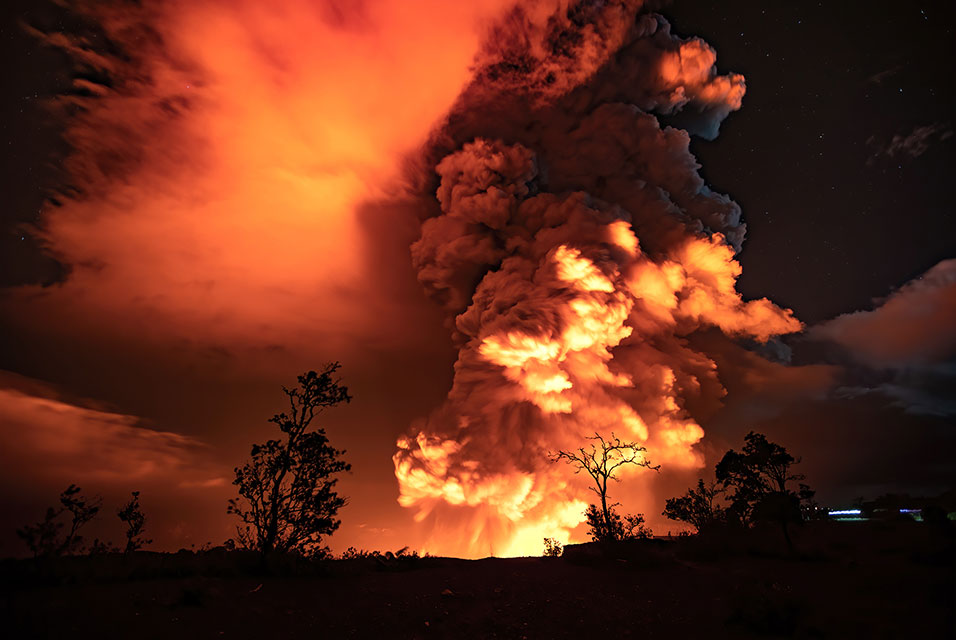MELBOURNE.- A new international study led by
Monash University has described for the first time what may have triggered the birth of Kilauea, one of the most active volcanoes in Hawaii.
Located along the south eastern shore of Hawaii, Kilauea is estimated to be between 210,000 and 280,000 years old and to have emerged above sea level approximately 100,000 years ago.
In a study published in Nature Communications lead author Dr Laura Miller, from the School of Earth, Atmosphere and Environment at Monash University shows for the first time that Hawaiian volcanoes were born from magmas that evolved in an unusually deep (>90 km) magma chamber.
A magma chamber is a large pool of liquid rock beneath the surface of the Earth.
“We obtained some of the very first volcanic products erupted by Kilauea,” said Dr Miller.
“We explored the formation of these samples through experimental work, which involved melting synthetic rocks at high temperatures (> 1100 ˚C) and pressures (> 3 GPa), and by using a new method for modelling their rare earth element concentrations.
“We found that the samples could only be formed by the crystallisation and removal (fractional crystallisation) of garnet.”
Kilauea, is Hawaiian for ‘spewing’ or ‘much spreading’ and refers to the constant flow of lava.
“Our study demonstrates unambiguously the role of garnet crystallisation in the formation of pre-shield stage Hawaiian melts,” Dr Miller said.
“This challenges the current viewpoint that fractional crystallisation is solely a shallow process and suggests that the development of a deep (> 90 km) magma chamber is an important early stage in the birth of a Hawaiian volcano.”









